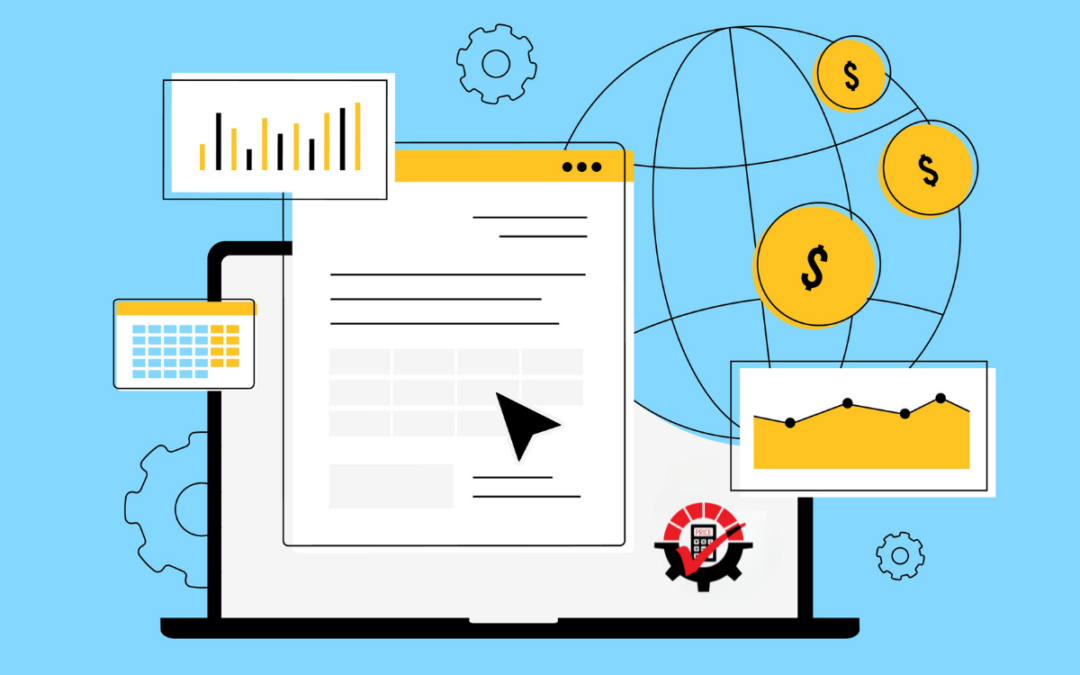In the intricate world of business, understanding and implementing an effective pricing strategy is paramount. This is where the concept of Plateau Pricing comes into play. Plateau Pricing illuminates the many layers of pricing that businesses often navigate through a series of complex calculations and methodologies. Let’s delve into this innovative approach and explore how it can revolutionize the way businesses strategize their pricing.
The Essence of Plateau Pricing
At its core, Plateau Pricing is about breaking down the pricing process into distinct levels or “plateaus,” each requiring its own set of calculations to reach. This method is particularly useful in contexts where pricing needs to encapsulate various cost factors and calculations. For instance, businesses frequently work with concepts like Landed Cost—a price that includes the total cost of a product right up to its receiving point. Calculating the Landed Cost involves a complex set of rules that aggregate the total expenses associated with an item.
Moving beyond Landed Cost, businesses may then approach the concept of Loaded Cost. This involves another intricate set of calculations where items might undergo a percentage increase, differing from one Price Class to another, to arrive at a Loaded Cost. Such granularity in calculation paves the way for establishing a base list price, which is essentially a compilation of prices derived from cost-plus pricing applied to the loaded cost.
Towards a Strategic Pricing Model
The journey doesn’t end with establishing a base list price. From here, businesses can structure customer tiers—gold, silver, or bronze, for example—offering discounts on the base price or MSRP calculated earlier. This tiered approach enables businesses to cater to different customer segments effectively, ensuring a competitive edge in the market.
One of the most challenging aspects of implementing Plateau Pricing is managing the intricate calculations involved. Different sets of items may require diverse methodologies, making the process seemingly convoluted. However, by grouping items based on attributes or characteristics, businesses can significantly simplify these calculations, making it easier to navigate through the plateaus.
The Role of Rockton Pricing Management
Rockton Pricing Management stands out as a singular tool that facilitates Plateau Pricing. Its diverse and modular nature allows for an almost limitless range of scenarios to be calculated, reaching the desired pricing outcomes with precision. Transitioning from traditional methods, such as complex Excel spreadsheets, to a more streamlined, rule-based system within Rockton Pricing Management can save businesses countless hours and significantly reduce the margin for error. And the next time you need to update your pricing, well, it’s mostly already done.
Embracing Calculation-Based Strategies for Optimal Pricing
What sets Plateau Pricing apart is its ability to compartmentalize different pricing sets, leading to a comprehensive and effective price list. This method not only simplifies the pricing strategy but also allows businesses to test and refine their approach at each plateau, ensuring more informed and profitable decisions.
Imagine a world where your pricing strategy is predictable, easy to manage, and maintain, all while ensuring the best margins and profitability. This isn’t just a dream—it’s a reality made possible with Plateau Pricing and tools like Rockton Pricing Management. As businesses evolve, so too should their approach to pricing, and embracing a calculation-based strategy might just be the key to unlocking unparalleled success and flexibility in the dynamic marketplace.





